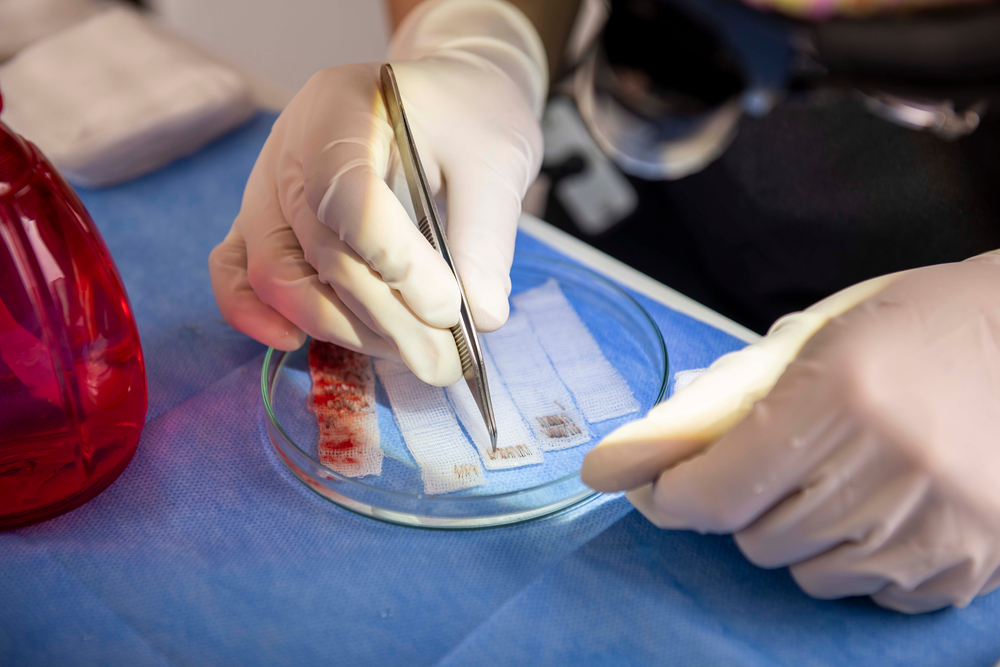The success rate of hair transplants can vary depending on various factors, including the skill and experience of the surgeon, the quality of the donor’s hair, and the patient’s characteristics. When performed by a qualified and experienced surgeon, hair transplants tend to have a high success rate. In skilled hands, complications are relatively rare.
It’s challenging to provide an exact percentage of hair transplants that go wrong because “going wrong” can mean different things to different people.
These are some potential complications and issues that can occur with hair transplants…
- Infection – Infection is a rare but possible complication following a hair transplant procedure.
- Poor growth – Sometimes, the transplanted hair may not grow as expected, leading to unsatisfactory results. This can occur due to various factors, including poor graft survival, underlying medical conditions, or incorrect post-operative care.
- Scarring – While modern hair transplant techniques like FUE (Follicular Unit Extraction) and FUT (Follicular Unit Transplantation) aim to minimize scarring, some patients may still experience visible scars or keloids.
- Unnatural appearance – Inexperienced surgeons may create an unnatural hairline or distribute grafts poorly, leading to an unnatural appearance.
- Overharvesting or depletion of donor area – In some cases, excessive removal of hair follicles from the donor area can lead to a depleted donor site, making future procedures difficult.
The overall risk of these complications going wrong can be minimized by choosing a skilled and experienced surgeon, carefully following post-operative instructions, and ensuring you are a suitable candidate for the procedure. Consult with a qualified hair transplant specialist who can assess your specific situation and provide guidance on the expected outcomes and potential risks associated with the procedure. Success rates are generally higher when the procedure is performed by experienced and qualified professionals.





